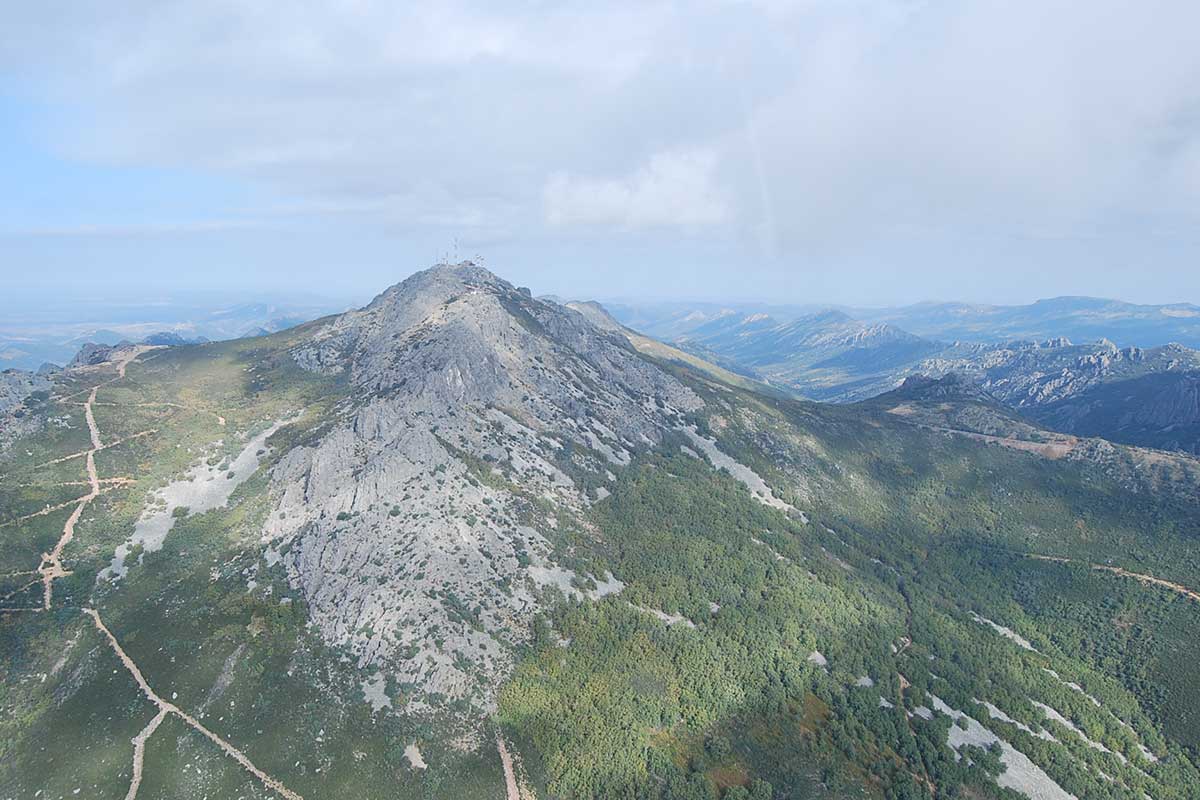



The route starts from the village of Cañamero and makes for the northeast, first ascending the River Ruecas and then passing the Sierra del Águila to finally descend to the town of Guadalupe and its monastery, one of the national treasures of Mudejar art and the spiritual centre of the region.

This is a mountain itinerary, a classic hiking route which uses the old bridle path connecting the town of Guadalupe and the village of Cañamero and which involves some difficulty owing to its differences in height and hillside debris. On the other hand it runs through some of the most beautiful landscapes of the Sierra de las Villuercas and will not disappoint those who tackle it. At the start, soon after leaving Cañamero, the route penetrates the canyon of the River Ruecas where you can visit the cave paintings of the Cueva de la Chiquita (or Cueva de Álvarez) and also have a swim in the bathing area among exuberant riverside vegetation in which alders (Alnus glutinosa) predominate. Having passed the section of the Cancho del Fresno Reservoir, the trail becomes a path and ascends through a forest of maritime pines (Pinus pinaster) to the Collado de la Era of the Pico Agudo, where the vegetation changes to dense woodland of chestnut trees (Castanea sativa) and Pyrenean oak (Quercus pyrenaica). It is here where we can find the well known centenary chestnut tree El Abuelo (The Grandfather) marking the beginning of the descent to the Chapel of Santa Catalina, which affords insuperable views of the valley of the Guadalupejo and the monastery and the town of Guadalupe, the end of the route.

On the whole of the way you can observe large birds of prey in flight such as griffon vultures (Gyps fulvus), golden eagles (Aquila chrysaetos), and Bonelli’s eagles (Hieraetus fasciatus) and even the shy black stork (Ciconia nigra) in addition to numerous woodland birds such as the golden oriole (Oriolus oriolus) and nuthatch (Sitta europea).
